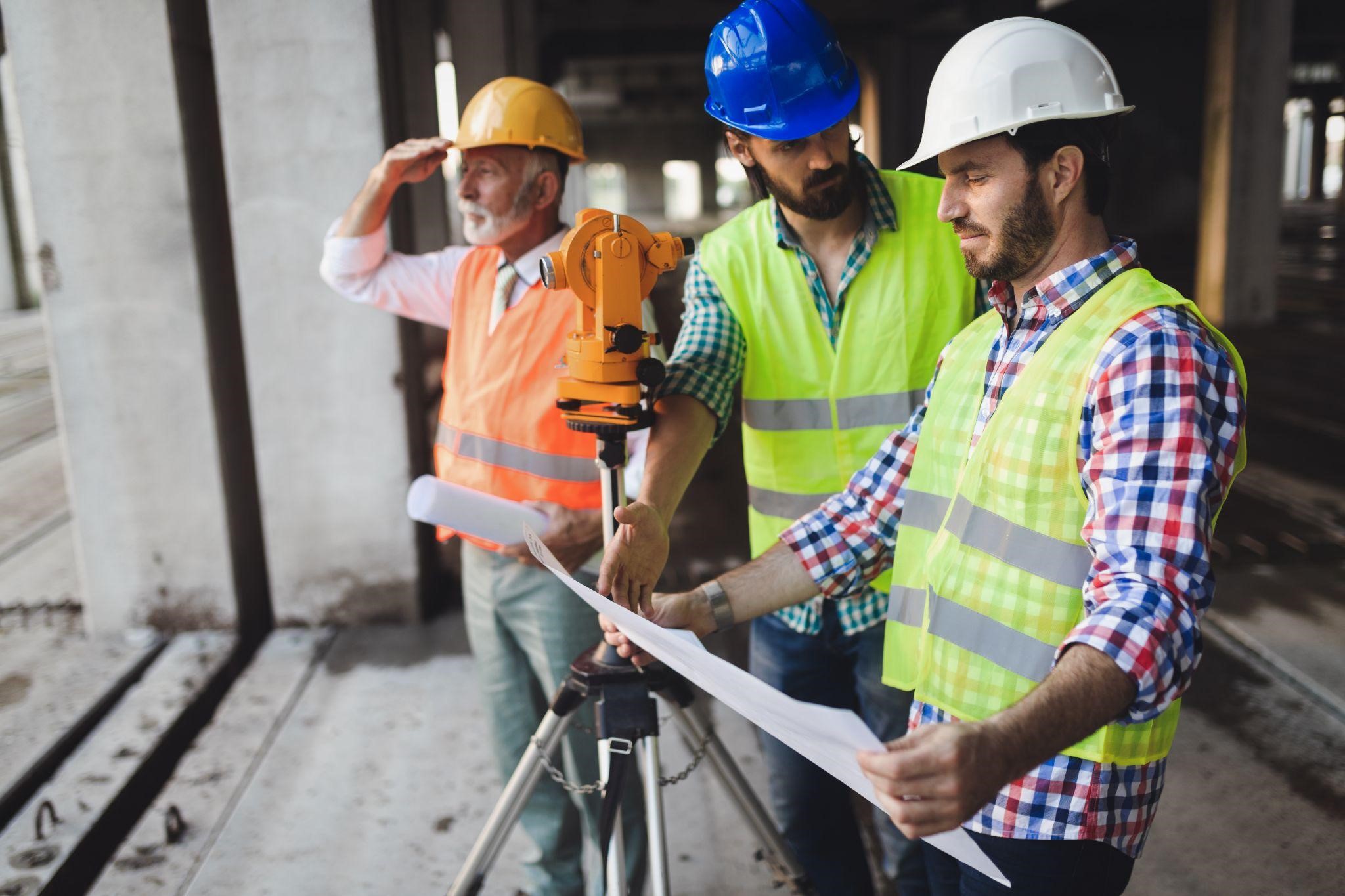In the building and construction industry, where data might not always be readily available or easy to collect, the idea of prototyping an AI-driven feature without a massive dataset can sound impossible. However, the reality is that you can absolutely prototype AI solutions even if you’re still in the early stages of data collection or if your dataset is incomplete. This approach can be particularly useful when you’re looking to test concepts, improve operational efficiency, or enhance decision-making processes in your construction projects.
So, how can you start prototyping AI in the construction sector when data is scarce? Let’s break it down:
Option 1: Use Synthetic Data
Synthetic data is not “fake”; it’s structured data designed to behave like real data, but it avoids the privacy issues and messy formatting often found in construction data. Think of it as a way to simulate the data you need, without actually needing to collect every single piece of information upfront.
For the building and construction industry, synthetic data could include:
- Simulated building project timelines
- Fake employee productivity profiles
- Mock-up architectural designs and construction workflows
- Simulated cost estimates and project budgets
Tools like YData, Gretel, or open-source Python libraries can help generate this synthetic data by defining the schema and letting the tool fill in the rest. While synthetic data won’t capture rare or edge cases, it can help you test your AI models for basic functionality and help prototype AI-driven applications for construction, such as resource allocation optimization or predictive maintenance systems.
Option 2: Tap Into Public Datasets
While your construction company might not have its own dataset to begin with, the internet is brimming with free, publicly available datasets that can be leveraged to test AI models. The key is to find datasets that are as close as possible to the problem you’re aiming to solve in construction, whether it’s about project management, resource optimization, or even safety.
Here are some places to check:
- Kaggle: Search by keywords like “construction,” “building projects,” or “urban planning” to find datasets that could be relevant.
- UCI Machine Learning Repository: Explore datasets on topics like project management or even material properties.
- AWS Open Datasets: Amazon’s platform offers various datasets that might be useful for simulating construction-related data.
For example, you could find public datasets with:
- Historical construction project schedules
- Construction cost data
- Equipment usage logs
- Geospatial data on building locations
These datasets can serve as the foundation to test your AI prototype, helping you create a model that predicts project delays, optimizes scheduling, or improves budgeting practices.
Option 3: Prototype With an API
Sometimes, the beauty of AI lies in utilizing the intelligence of pre-existing models rather than building your own from scratch. APIs allow you to plug into sophisticated, AI-driven capabilities without having to train them yourself. This can be particularly beneficial for early-stage prototypes where you want to test an idea quickly.
In construction, you can leverage APIs to:
- Use GPT-4 for generating building proposals or project documentation.
- Tap into image recognition APIs (like those from Google or Amazon) to analyze architectural drawings, identify issues in designs, or even assess construction quality through photos.
- Use APIs like ElevenLabs for text-to-speech functionality, enabling voice commands for workers in the field.
- Implement geospatial or vector search APIs like Pinecone or Weaviate to retrieve project-related information or materials in real-time from large datasets.
By using these APIs, you can quickly create AI-driven solutions for construction apps or tools without waiting for the perfect data set to arrive.
What You Do Need (Even Without Data)
Even if you don’t have a complete dataset, you still need to do the critical thinking upfront. Here’s what you’ll need to get started:
- A clear use case: For instance, are you aiming to reduce construction delays, optimize material usage, or enhance worker safety?
- A rough interface: Sketch out how users will interact with the AI tool. Will it be a mobile app for construction workers? A dashboard for project managers?
- Example inputs and outputs: What data do you have, and what kind of output do you expect from the AI?
- Logic around what “good” looks like: What does success look like for your AI prototype in the construction context?
This is where AI meets real-world problem-solving in construction. Whether you’re testing AI for automated progress tracking, predictive maintenance, or safety management, you need a solid framework for what the model will do and how it will improve existing workflows.
Common Mistakes to Avoid
While prototyping AI without a dataset is possible, there are a few pitfalls to avoid:
- Waiting too long for “perfect” data: Start with whatever data you can get, even if it’s synthetic or publicly available. Your AI model can improve as you gather more data.
- Over-relying on synthetic data for accuracy testing: Synthetic data is great for testing basic functionality, but real-world validation will be crucial later on.
- Building overly complex AI models too early: Focus on solving one problem at a time. For instance, start by testing AI for project scheduling before tackling a full-fledged project management system.
- Skipping user feedback: Even with synthetic or publicly available data, user feedback is critical. Ensure your AI tools align with the real needs of your project managers, contractors, and workers.
Final Word
In the building and construction industry, AI can drive significant improvements, from project management and resource allocation to safety and quality control. You don’t need a perfect dataset to start prototyping an AI solution. You just need creativity, a clear purpose, and the ability to leverage the tools available today—whether that’s synthetic data, public datasets, or third-party APIs.
By starting small, focusing on practical problems, and iterating quickly, you can begin building AI-powered solutions that improve the efficiency and effectiveness of your construction projects, even before you have access to a massive dataset.

